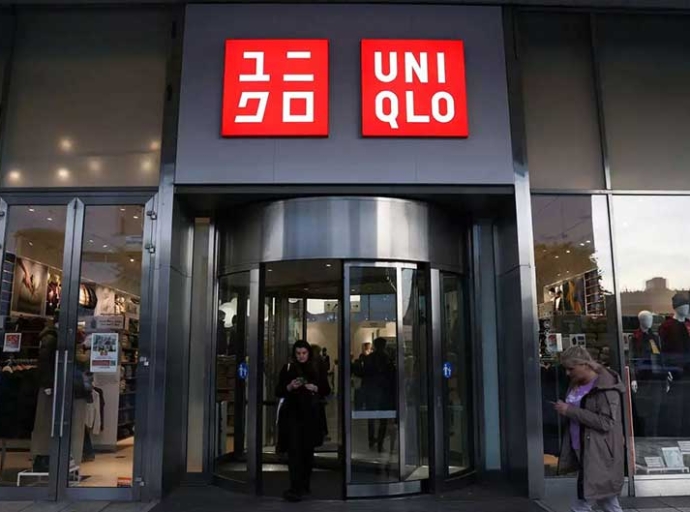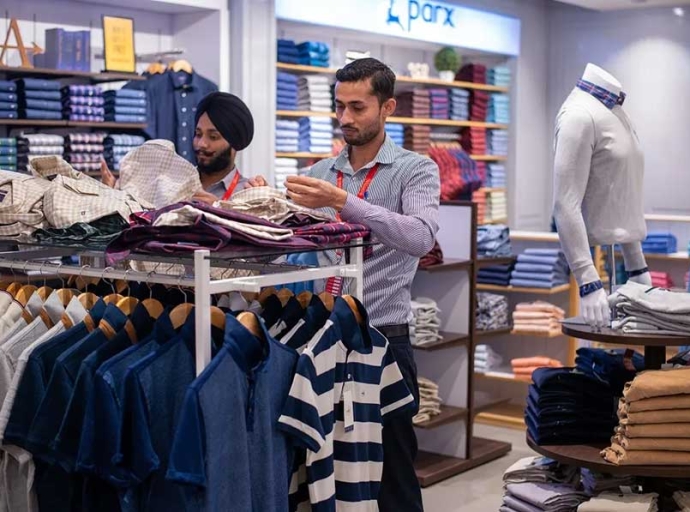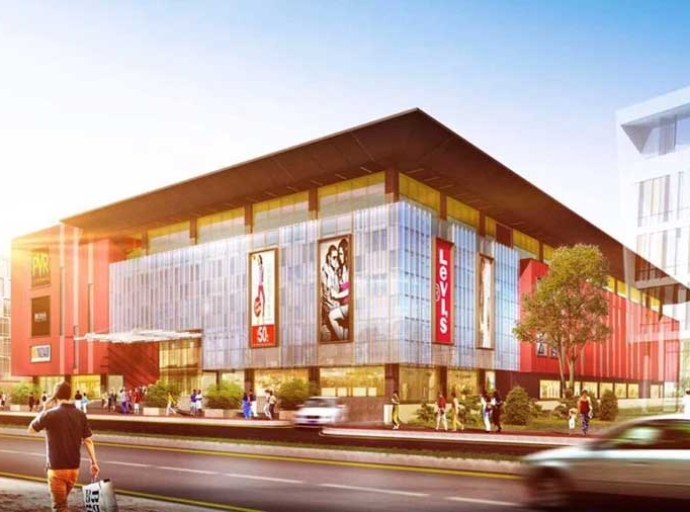17 November 2022, Mumbai:
The term "manufacturing" is likely to conjure images of massive factories and assembly lines employing sophisticated machinery to produce various goods continuously. Even though one manufacturing approach is well-known and traditional, others are gaining popularity because they solve some drawbacks of conventional manufacturing.
Let us try and decode the phenomenon called on-demand manufacturing where one doesn't have to go for mass/bulk manufacturing Vs. Making production as on-demand cloud services is a new transformative trade landscape/paradigm in order to accomplish the most-desired business flexibility, especially against the backdrop of Industry 4.0 through enabling speedy configuration of loosely-connected production devices in the earnest to have required customized product/s.
Reconfiguring
On-demand manufacturing is the name of this business strategy. On-demand manufacturing often referred to as custom manufacturing, cloud manufacturing, or manufacturing on demand, is a manufacturing method where products are only produced when needed and in the necessary amounts. This innovative process contrasts with conventional manufacturing, which has goods in bulk and stores them in facilities until they are sold, distributed, and delivered.
This article is an effort to discover/explore the recent phenomenon of on-demand fabricating units showing an uptick in the story/piece of an idea, as there is a demonstrability in the fundamentals of micro-factory (MF) Microfactories transforming the very fashion apparel enterprises/businesses have begun to deliver the product to the discernible/demanding consumers of the day.
The unfolding manufacturing pattern is been well articulated and validated by a prominent trade observer, Jenny Holloway, CEO of Fashion Enter,“ The underlying objective is to guide showing creators, retailers, and buyers of the world undiscovered novel pathway/way forward in the fashion space of the day: the bright side being minimal stocks, print to demand and allowing consumers to pull sales rather than the retailers push the sales on to the end user are some of the pluses of the concept,”.
Keep the powder dry
Use cases; Because of the growth of the IT and logistical infrastructure, the bulk of our needs, such as food, shelter, transportation, etc., can now be met on demand. So traditional production is giving way to the on-demand approach.
The internet and cloud-based technology serve as the main enablers of manufacturing on demand.
With the aid of these technologies, manufacturing businesses may develop sophisticated online platforms that let customers submit models and get feedback on their designs that is automatically generated for manufacture along with very accurate prices.
Traditional Manufacturing
Complex logistical activities are a part of traditional manufacturing. A manufacturer must have a difficult and secure storage and inventory system after mass-producing a product. In addition, the products are distributed and marketed through an extensive sales network. Infrastructural support for transportation and logistics must also be provided, managed, and maintained by the manufacturer. All of these factors drive up manufacturing prices significantly.
Currently, the apparel/clothing sector is uniquely poised as it is made via on-demand apparel production to offer omni-channel to both wholesale (B2B) and direct-to-consumer markets (B2C). Even though this isn't the conventional approach (especially in direct-to-consumer B2C), numerous fashion brands have succeeded with it.
Many customer orders—whether wholesale or retail—require that things be manufactured "on-demand" rather than in advance. Orders are taken, on-demand production is started immediately, the products are distributed, dispatched, and inventory is updated across all channels.
Unfolding Trends
In a scenario where orders are received through various channels, such as b2b e-commerce, Shopify DTC, and even fashion department store e-commerce through EDI dropship, AIMS360 can collaborate with customers to complete the sewing and printing of t-shirts on demand. Once the customer order is received, the goods are promptly produced on demand, sent to the orders, and the inventory is updated across all channels. When the t-shirt is finished being produced, it is dispatched, and the system automatically completes the process.
Pros and cons
One benefit of manufacturing on demand (MOD) in the fashion industry is that it enables businesses to maintain low inventories. The drawback is that manufacturers are generating a lot of fashion styles and keeping them in storage until distribution, which is challenging for clothing/apparel manufacturers because it necessitates forecasting and holding inventory. Producing too many items that don't might waste wealth that could be put to better use elsewhere, encourage risky discounting, and exacerbate the problem of excess inventory. Discounting reduces profitability and erodes brand equity when merchandise is being sold off. It encourages price-conscious consumers to keep looking for less expensive solutions.
Latest Publications


































